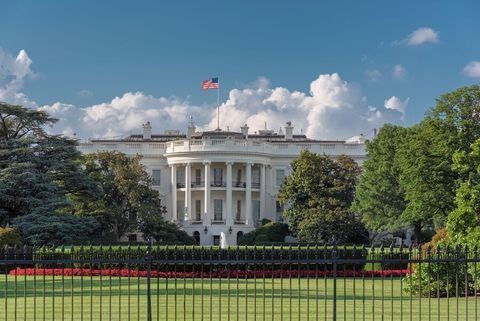EU Commission Provides a Glimpse of What’s to Come for Distribution Relationships in the Digital Age
Client Alert | 2 min read | 10.26.20
On October 23, 2020, the European Commission published its impact assessment providing its plans for the reform of the Vertical Block Exemption Regulation (VBER) and Vertical Guidelines. A number of impactful changes to the current rules are envisaged in relation to dual distribution, active sales restrictions, online sales restrictions, and Most Favored Nation clauses (MFNs). Moreover, the Commission will provide additional guidance on the circumstances in which Resale Price Maintenance (RPM) and non-compete obligations are permitted.
The Vertical Block Exemption Regulation (VBER) sets out the conditions under which distribution agreements are presumed to comply with the European competition rules. Businesses distributing goods and services in the EU rely heavily on it for legal certainty. The VBER will expire on May 31, 2022 and is currently under review. Certain rules are not well adapted to recent market developments, notably the growth of online sales and the increase in new market players, such as online platforms.
Most recently, the European Commission identified the areas in which changes can be expected and made a number of suggestions for the new rules, namely:
- Resale Price Maintenance (RPM): The Commission will explore the conditions under which efficiencies for RPM can be claimed and suppliers can establish a fixed or minimum resale price.
- Non-compete obligations: The Commission is contemplating allowing tacitly renewable non-compete obligations to the extent that the distributor can periodically terminate or renegotiate the agreement.
- Dual distribution (i.e., situations in which a supplier sells its goods or services directly to end customers competing with its distributors at retail level) is currently covered by the block exemption. With the growth of online sales, dual distribution has increased significantly which means an exception may no longer make sense. Currently, different options are being considered ranging from introducing a threshold based on the parties’ market shares in the retail market to requiring an individual assessment of all dual distribution cases.
- Active sales restrictions: The Commission suggests expanding the exceptions for active sales restrictions to give suppliers more flexibility to design their distribution systems according to their needs. In addition, the Commission wants to allow restrictions on sales from outside a territory in which a selective distribution system is operated to unauthorized distributors inside that territory.
- Online sales restrictions: The Commission is considering allowing under certain conditions two currently illegal types of measures restricting online sales. The first concerns dual pricing, i.e. charging the same distributor a higher wholesale price for products intended to be sold online than for products sold offline. The second pertains to the requirement in a selective distribution system to only impose criteria for online sales that are equivalent to the criteria imposed in brick and mortar shops.
- Most Favored Nation (MFN) clauses are currently exempted. The Commission is considering lifting the exemption for MFNs thus requiring an individual effects-based assessment of these clauses. Alternatively, it could decide that only MFNs with regard to indirect sales and marketing channels, including platforms and other intermediaries, should be excluded from the benefit of the block exemption.
The Commission invites stakeholders to provide feedback by 20 November 2020 and will summarize the input received in a synopsis report explaining if and how the input will be taken on board.
Contacts
Insights
Client Alert | 7 min read | 12.19.25
In Bid to Ban “Woke AI,” White House Imposes Transparency Requirements on Contractors
In July 2025, President Trump signed Executive Order (EO) 14319, Preventing Woke AI in the Federal Government, to preclude the federal government from procuring artificial intelligence (AI) models that incorporate “ideological biases or social agendas,” including “diversity, equity, and inclusion.” The EO mandates that the federal government purchase only large language models (LLMs) developed according to two “Unbiased AI Principles” — that they be “truth-seeking” and show “ideological neutrality.” To implement these principles, the EO directed the Office of Management and Budget (OMB) to issue guidance.
Client Alert | 19 min read | 12.18.25
2025 GAO Bid Protest Annual Report: Where Have All the Protests Gone?
Client Alert | 7 min read | 12.17.25
Client Alert | 1 min read | 12.17.25




